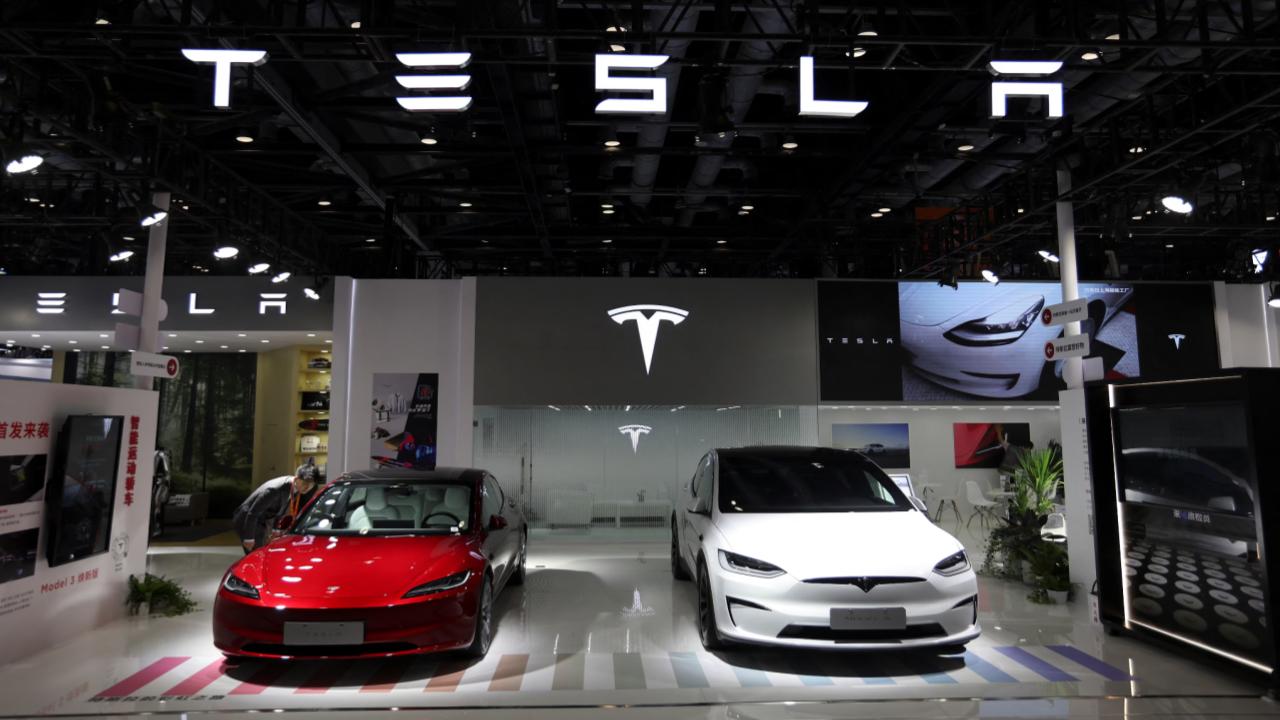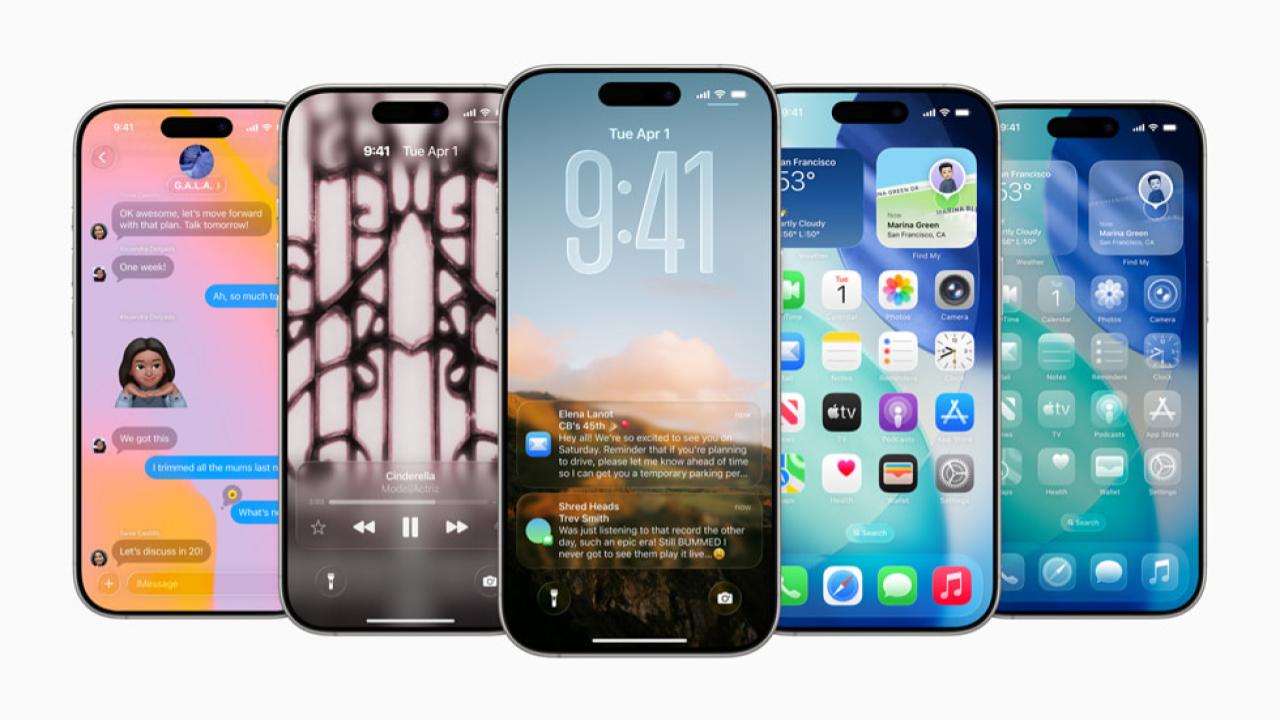Elon Musk has just dropped a game-changing announcement that’s got the tech world buzzing: Tesla is gearing up to launch its driverless Model Y cars on the streets of Austin, Texas, by June 2025. That’s right — Tesla’s fully autonomous ride-hailing service, or as they call it, the robotaxi, could be cruising around Austin sooner than most of us expected. This move could totally disrupt the ride-sharing scene, flipping the script on how we think about transportation.

If you’re wondering what this means for the future of driving, the economy, or just your next Uber ride, stick around. This article breaks down everything you need to know about Tesla’s ambitious driverless Model Y rollout — from the nuts and bolts of the tech to the big-picture impacts.
Tesla Driverless Model Y Could Hit Austin Roads by June!
| Topic | Details |
|---|---|
| Tesla Robotaxi Launch Date | Planned for June 12, 2025 |
| Initial Fleet Size | 10 to 20 driverless Model Y vehicles in Austin |
| Testing Status | Public road testing ongoing without safety drivers, no incidents reported |
| Technology Used | Full Self-Driving (FSD) software powered by AI and cameras |
| Geofencing | Limited to select areas within Austin initially |
| Safety Measures | Teleoperation backup with remote human monitoring |
| Expansion Plans | Goal of 1,000 vehicles shortly after launch; over a million nationwide by end of 2026 |
| Regulatory Environment | Texas Department of Licensing and Regulation oversees rideshare licenses; Tesla not licensed yet |
| Stock Market Impact | Tesla stock surged 26% in May 2025 amid robotaxi optimism |
Tesla’s announcement about launching its driverless Model Y robotaxi service in Austin by June 2025 is a bold step toward reshaping the future of urban transportation. Powered by cutting-edge Full Self-Driving software, this move promises to make ride-hailing cheaper, more efficient, and eco-friendly — all while pushing the envelope on autonomous vehicle technology.
Though challenges remain, particularly in regulation and public acceptance, Tesla’s plan is a clear signal that the era of driverless cars is not some distant sci-fi fantasy but an approaching reality. Whether you’re a tech enthusiast, a daily commuter, or someone watching the job market, staying tuned to Tesla’s progress will be worth your while.
What’s the Deal with Tesla’s Driverless Model Y in Austin?
Tesla’s plan to roll out a driverless Model Y robotaxi in Austin is the next big leap in autonomous vehicle technology. Instead of hailing a traditional Uber or Lyft, imagine stepping into a car that drives itself — no driver, no distractions, just smooth AI-powered transportation.
Elon Musk announced that Tesla has been testing these vehicles on Austin’s public roads without safety drivers, and so far, the results are promising with zero reported incidents. The company’s target date for officially launching the service is June 12, 2025, with an initial fleet size of 10 to 20 Model Y cars.
The service will start in a limited, geofenced area, meaning the driverless taxis will operate only within specific parts of Austin, giving Tesla tight control over the environment as it fine-tunes the system. Initially, rides will be by invitation only, targeting a small group of users to gather feedback and ensure smooth operation.
Breaking Down the Technology Behind Tesla’s Robotaxi
At the core of Tesla’s driverless cars is their Full Self-Driving (FSD) software — a sophisticated system that uses cameras, sensors, and artificial intelligence to navigate roads safely without human input. Unlike many competitors relying on LiDAR, Tesla’s approach is camera-centric, mimicking how human eyes work.
Here’s how Tesla’s system works step-by-step:
- Perception: The car’s cameras constantly scan the environment, detecting obstacles, traffic signals, pedestrians, and other vehicles.
- Processing: AI algorithms interpret this data in real-time, predicting the movement of surrounding objects and planning the safest route.
- Control: The car’s onboard computer sends commands to the steering, braking, and acceleration systems to execute the planned path.
- Teleoperation Backup: Human operators monitor the cars remotely and can take control if the AI encounters unexpected situations.
This blend of AI and human oversight aims to maximize safety while pushing forward the boundaries of driverless technology.
What Does This Mean for Ride-Hailing and the Economy?
Tesla’s robotaxi could revolutionize the ride-hailing industry. Here’s why:
- Lower Costs: Without a driver, operating costs drop dramatically. That means cheaper rides for consumers and higher margins for Tesla.
- Availability: Robotaxis could operate 24/7 without breaks, reducing wait times and improving service accessibility.
- Job Impact: While this technology may disrupt traditional driver jobs, it also opens new roles in remote vehicle monitoring and AI maintenance.
- Environmental Benefits: Tesla’s electric Model Y means zero tailpipe emissions, aligning with growing calls for cleaner transportation.
Industry experts project that if Tesla scales this fleet as planned — aiming for 1,000 vehicles in Austin shortly after launch and over a million nationwide by the end of 2026 — it could force competitors to accelerate their own autonomous programs.
Regulatory and Safety Hurdles
Of course, rolling out fully autonomous vehicles on public roads isn’t without challenges.
- Licensing: The Texas Department of Licensing and Regulation oversees rideshare services, but Tesla is not yet licensed as a rideshare provider. Regulatory approval is crucial for broad deployment.
- Safety: Though Tesla reports no incidents in testing, public trust will take time. Autonomous vehicles must prove they’re safer than human drivers, and regulators will scrutinize data closely.
- Legal Framework: Liability in accidents, data privacy, and cybersecurity are ongoing concerns in autonomous vehicle regulation.
Tesla is working closely with local and state authorities to address these issues, but widespread adoption depends on overcoming these regulatory and legal hurdles.
How Can You Prepare for the Robotaxi Revolution?
If you’re excited or cautious about hopping into a driverless Tesla, here’s what you can do:
- Stay Informed: Follow Tesla’s updates via their official website and trusted news sources like Reuters and Business Insider.
- Test the Technology: If you live in Austin and get an invite, take the chance to experience robotaxi rides firsthand.
- Evaluate Safety: Pay attention to government safety reports and Tesla’s transparency regarding incidents or system updates.
- Consider Your Career: If you’re a driver in the ride-hailing industry, think about upskilling for new tech-focused roles, such as remote vehicle monitoring or autonomous system maintenance.
- Advocate for Regulation: Engage with local policymakers to encourage safe, fair regulations around autonomous vehicles.
Trump’s Military Parade: How It Stacks Up Against France and Russia’s Jaw-Dropping Shows
Why California Is Suing Trump Over University Science Research—and How It Affects You
Trump Takes Down US Sales to China—What This Means for Jobs and Price
Frequently Asked Questions (FAQs)
Q1: When will Tesla’s driverless Model Y be available to the public?
Tesla plans to officially launch the robotaxi service in Austin on June 12, 2025, but initially, rides will be by invitation only within a limited area.
Q2: Is Tesla’s robotaxi safe?
Tesla claims no incidents have occurred during testing in Austin, and the system includes remote human monitoring. However, safety is continuously evaluated by regulators and independent bodies.
Q3: Will Tesla’s robotaxi be cheaper than traditional rideshares?
Without drivers, operating costs are lower, which could translate into cheaper rides, though exact pricing will be set by Tesla after launch.
Q4: How many Tesla robotaxis will be on the road?
Initially, 10 to 20 in Austin, with plans to scale to 1,000 vehicles soon after and potentially over a million nationwide by 2026.
Q5: What areas will Tesla’s robotaxi service cover?
At launch, it will be geofenced to select areas within Austin to ensure controlled and safe operations.
Q6: What regulatory approvals does Tesla need?
Tesla must obtain rideshare licenses and meet safety regulations enforced by Texas authorities and federal agencies before broader rollout.
Q7: How does Tesla’s Full Self-Driving (FSD) tech work?
It uses cameras and AI algorithms to perceive the environment, plan routes, and control the vehicle without human intervention, with teleoperation backup.










